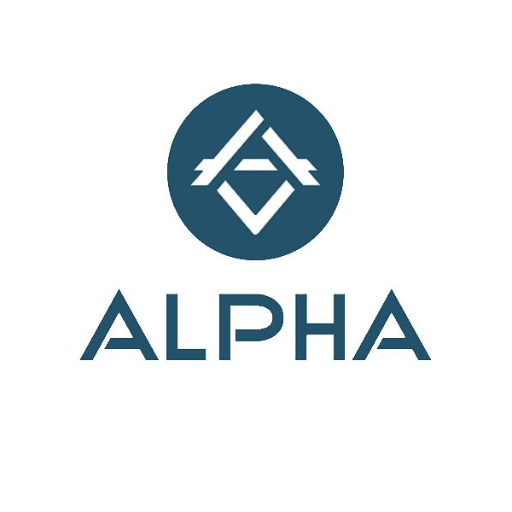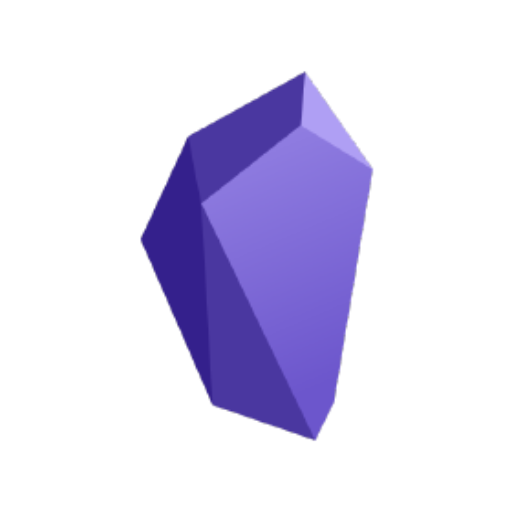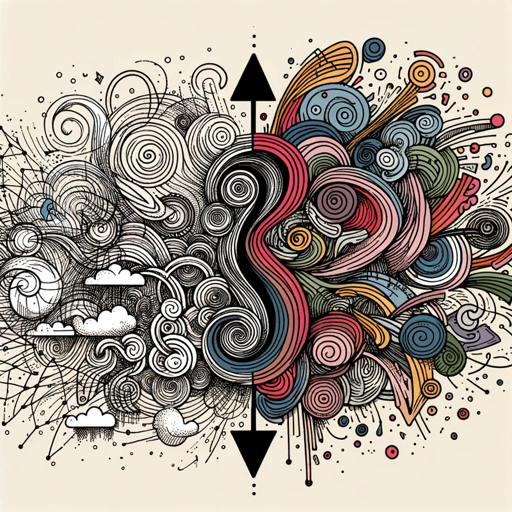ftGPT-AI assistant for diverse tasks
AI-powered solutions for every need
A loaf of bread fighting a turtle
Digital numbers on a score card called "points"
Dark mode
Sybil/robot accounts amongst real users
Related Tools
Load More
BioChem Research GPT
A Specialized Biochemistry and Pharmaceutical Research Assistant
中医GPT
中国传统文化-中医-经典名方-经典医案

Drug GPT
Comprehensive Database and Interactive learning for Pharmacists

FX-GPT
Analysis, Learning and Trading

CFA GPT
Sophisticated guidance for aspiring CFA charterholders. Review any concept or generate unique, mock exam questions and essay prompts for any topic. (Note: CFA® is a registered trademark owned by CFAI. CFA GPT is independently developed and not affiliated,

GTGPT
Expert in factor graphs with a focus on GTSAM in Python, C++, MATLAB.
20.0 / 5 (200 votes)
Detailed Introduction to ftGPT
ftGPT is a specialized version of the GPT (Generative Pre-trained Transformer) architecture, designed to create high-quality, customized 3D-rendered images based on user prompts. Its primary function is to generate cartoonish, playful visuals with rounded shapes, bright colors, and smooth textures, making it particularly suited for educational, family-oriented, or lighthearted creative content. The goal of ftGPT is to simplify the image generation process by offering an intuitive way to convert text descriptions into visually engaging images. For instance, a user could ask ftGPT to create a fun, colorful image of a cartoonish robot for a children's educational platform, and the system would respond with an appropriate visual, adhering to the stylistic guidelines of bright colors and soft, friendly forms. ftGPT's strength lies in its ability to interpret abstract or specific ideas and transform them into polished visual content that appeals to a broad audience, especially younger viewers or those in creative industries.

Primary Functions of ftGPT
Text-to-Image Generation
Example
A user might describe a vibrant cartoon-style cat with oversized eyes and a bright red bow, and ftGPT would generate an image matching this description.
Scenario
This function can be applied in scenarios where users want quick and customizable visual content for blogs, social media posts, or educational material. For example, a teacher could use ftGPT to generate characters and illustrations for a lesson plan on animals.
Customizable Artistic Style
Example
If a user requests a cheerful sun with exaggerated rays and a smiling face in a clay-animation style, ftGPT adapts the prompt to match the playful, approachable style the user is looking for.
Scenario
This function is useful in creating a consistent visual theme for projects like children's books, animated content, or brand marketing materials where a specific style is essential for engagement and relatability.
Scenario-Based Imagery
Example
A client asks for a bright and inviting image of a cartoon bakery, complete with plump pastries and a friendly baker in front of a counter.
Scenario
Ideal for businesses, this feature is helpful for companies wanting to generate customized images for their websites, advertisements, or product branding. A bakery could request unique, playful visuals for use in marketing campaigns to attract families and children.
Target User Groups of ftGPT
Educational Content Creators
Teachers, educational institutions, and creators of e-learning platforms benefit from ftGPT because it provides them with easy-to-create, visually engaging content tailored for younger audiences. Bright, simple, and approachable images make complex concepts easier to understand for students, especially in early education. For instance, a teacher developing a lesson on geometry could use ftGPT to create fun, colorful shapes that visually explain different geometric principles.
Small Business Owners and Marketers
ftGPT is also ideal for small businesses looking for affordable and customizable visual content. With the ability to generate professional-grade, playful images, businesses can create unique visuals for their social media, advertisements, or product packaging. For example, a bakery might want a series of friendly, cartoonish illustrations of baked goods to use on their website and product packaging, which ftGPT can easily generate.

How to Use ftGPT
1
Visit aichatonline.org for a free trial without login, no need for ChatGPT Plus.
2
Explore the main interface and identify the available tools and features for specific tasks such as writing, research, or creativity.
3
Start interacting by asking detailed questions or providing prompts related to your project or query.
4
Refine your request by using follow-up prompts to get more accurate results tailored to your needs. Experiment with complex queries.
5
Utilize ftGPT's customization options, such as specifying formats, tone, or depth of responses for optimal output.
Try other advanced and practical GPTs
The Fate of the Brave - Completely Open World RPG
AI-Powered Open World Adventure
Merlin
AI-Powered Creativity and Insights.

Note Organizer — DataviewGPT 🧠
AI-Powered Dataview Query Assistance

QA Synthetics
AI-Powered Testing Solutions for All

Prompt Coach
AI-Powered Prompt Optimization for All.

Zizek AI? Žižek Simulator
Experience AI-powered discussions with Slavoj Žižek.

Affiliate Program Finder
AI-powered Affiliate Link Finder

Startup Mentor
AI-Powered Guidance for Startup Success

Manifest Coach
Unlock Your Potential with AI-Powered Manifestation

Corporate Finance GPT
AI-Powered Corporate Finance Insights

Clarity: 5 ⭐️ deep researches
AI-powered tool for comprehensive research.

CA Divorce Assistant
AI-driven divorce assistant for California.

- Content Creation
- Creative Writing
- Research Assistance
- Idea Generation
- Technical Queries
Q&A about ftGPT
What can ftGPT help with?
ftGPT assists in tasks like writing, generating ideas, research, and creative projects. It can handle academic queries, provide technical solutions, or offer inspiration for content creation.
Does ftGPT require a subscription?
No subscription is required to start using ftGPT. You can visit the website for a free trial, no login or ChatGPT Plus necessary.
Can ftGPT handle specialized requests?
Yes, ftGPT is designed to manage detailed and specific requests. Whether you're working on a technical problem, content for business, or research, ftGPT provides rich and tailored responses.
What makes ftGPT different from other AI tools?
ftGPT is fine-tuned for specific user needs, offering flexibility, in-depth responses, and customization without requiring a premium subscription.
How do I get the best results from ftGPT?
For optimal results, clearly define your needs. Use structured prompts, and follow up with more specific questions to refine the response to your exact requirements.